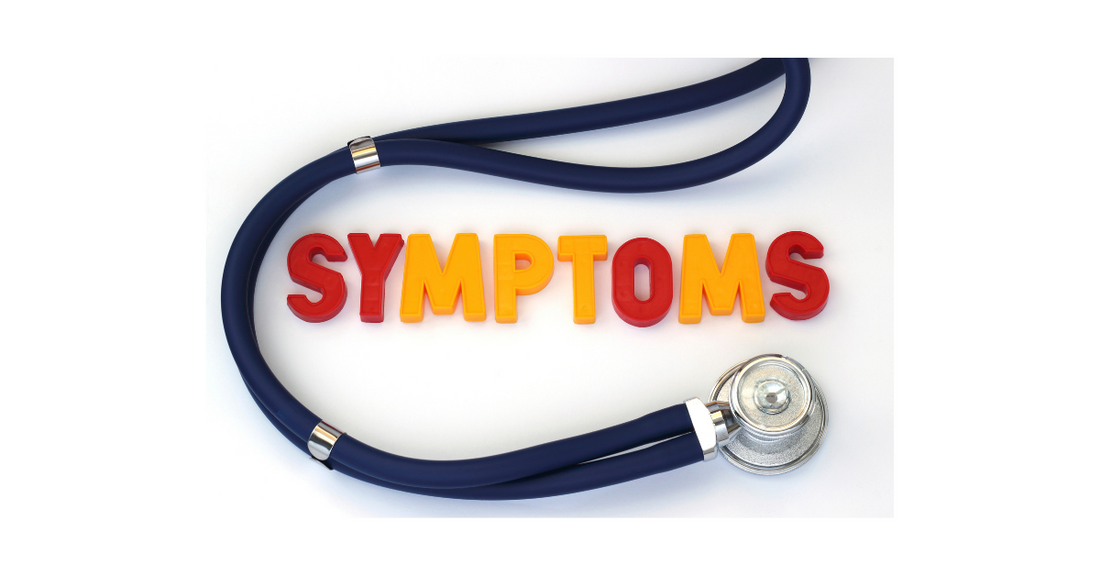
What Are The Symptoms Of Dupuytren's Contracture?
Dupuytren's contracture isn't a condition that is triggered by any singular act or accident. It's a hand condition that gradually develop over the years. This condition affects the layer of tissues underneath the skin of the palm. As Dupuytren's contracture gets worse over time, it can lead to the fingers being pulled towards the palm.
When the condition gets to the point of your fingers being bent, they can't be straightened and will impact your ability to perform everyday activities. This causes patients difficulty with basic things, such as writing a note or opening a can of soda. Patients often get frustrated about the limitations they have with their fingers when this condition flares up.
If a patient notices Dupuytren's contracture in their palm early enough and consults their doctor, there is usually no need for treatment in the future. The doctor will be able to recommend particular hand exercises and physiotherapy routines for the patient to follow. This will keep the Dupuytren's contracture from spreading to the fingers and causing the patient future difficulties with their hand.
Unfortunately, a lot of people ignore the first signs of Dupuytren's contracture, which is why their condition gets worse over time. Even if it feels like the condition won't bother you, you should still consult a doctor if you have any symptoms related to the hand. Early detection of Dupuytren's contracture can make your future symptoms much more tolerable.
What Are The Symptoms Of Dupuytren's Contracture?
Since Dupuytren's contracture develops over time, the symptoms show up in stages. If there is any history of Dupuytren's contracture in your family, it is important that you watch for any signs of symptoms in your hand.
Nodules
Dupuytren's contracture starts with thickening of the skin on your palm. You may notice hard lumps on the skin as well. They might feel tender but usually do not cause any pain. For most patients, the discomfort goes away on its own. You may notice the skin on your palm looking as though it is puckered or even a bit dimpled. This is normal as the condition progresses.
Cords
The next stage of Dupuytren's contracture is the development of cords. The nodules start to form tough bands of tissue under your palm. As these bands form, they cause the fingers to stiffen and curl. This is what pulls the fingers towards the palm.
When cords form, they usually affect the fingers that are farthest away from the thumb. This results in the pinky and ring finger getting pulled towards the palm. When Dupuytren's contracture gets to this stage, their hand starts to resemble a claw. This can be very severe in some patients.
Contracture
It's important to consult a doctor when you first notice signs of Dupuytren's contracture because you don't want them to progress to this stage. As the cords form and the curling of the fingers worsens, it becomes increasingly difficult to straighten them. For some patients, the condition becomes so severe that they can't straighten their fingers at all.
When the condition causes a contracture, the patient is unable to do things that the average person does, like putting on gloves or getting your money out of their pocket. When the condition gets to this point, the patient may require surgery.
What Causes Dupuytren's Contracture?
While the cause of Dupuytren's contracture is still unknown to doctors, they have noticed that there are some biological and social factors that put patients at a higher risk of developing the condition. Males are more likely to have a severe case of Dupuytren's contracture that leads to the last stage. It is also more common in people of Northern European descent.
Smokers are at a higher risk for Dupuytren's contracture. If you are looking for motivation to quit that toxic smoking habit, the thought of Dupuytren's contracture should be enough!
It seems like Dupuytren's contracture has targeted people who like to party. If you consume alcohol often, you are at a higher risk of seeing Dupuytren's symptoms. Heavy alcohol consumption has been linked to numerous health problems, so whenever you enjoy a night out, try to drink responsibly.
Patients with diabetes are at higher risk of seeing Dupuytren's contracture symptoms. People who are suffering from diabetes mellitus have less blood going to their hand, which is why the condition could be worse for them. Age is another factor in the development of this condition. People over the age of 40 are more likely to have a severe case. Doctors have noticed that patients who have Dupuytren's contracure early in life have more severe cases when they are older if it's left untreated.
What Should You Do If You Have Dupuytren's Symptoms?
If you notice that you have the starting symptoms of Dupuytren's contracture, you should always consult your doctor. Learn from the mistakes of those patients who had their condition get worse because they thought it was not a big deal.
Your doctor will take measurements of your hand and get you to perform tests. While you do this, they will take notes so they can compare numbers to others at a later date. It is the goal of the doctor to work with you in hopes of preventing Dupuytren's contracture from worsening.
Many patients have been able to go on without seeking additional treatment for their Dupuytren's contracture. While sticking to the routine of hand exercises their doctor recommended, they were able to keep their symptoms to a minimum. Since they were able to catch and control their condition early enough, this eliminated the need for treatments such as needling and surgery.
Learn More